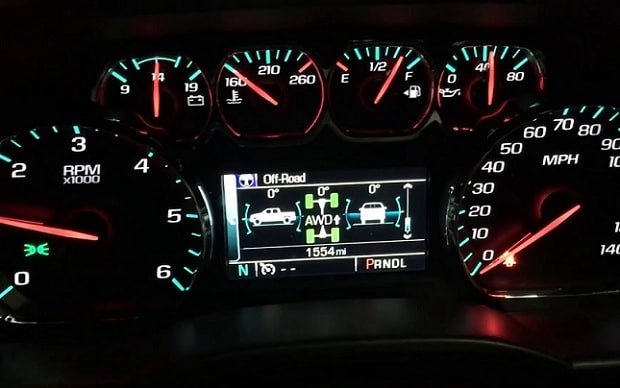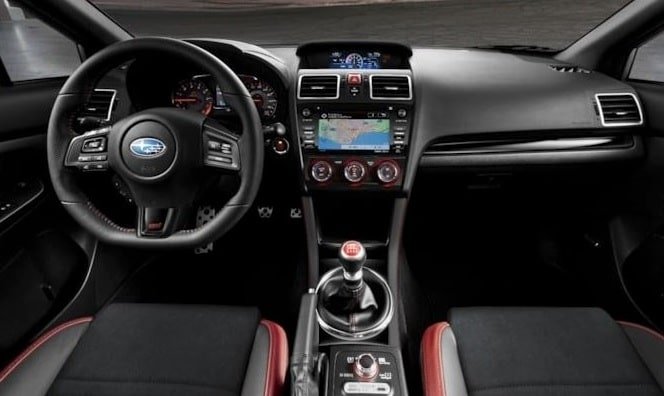Wiper blades never get as much credit or attention as they should. Imagine you had to drive in the rain without wiper blades. You would probably drive into a ditch or another vehicle. That’s how important these neglected components are.
It is recommended that you change your wiper blades every 6 months at least. However, before you change your wiper blades, you must know the right size of blades for your car. In this article, we will focus on the wiper blade sizes for Volkswagen Tiguan. We have listed all the Tiguan models from the newest to the oldest along with their wiper blade sizes.

- 2021 Volkswagen Tiguan Wiper Blades Size
- 2020 Volkswagen Tiguan Wiper Blades Size
- 2019 Volkswagen Tiguan Wiper Blades Size
- 2018 Volkswagen Tiguan Wiper Blades Size
- 2017 Volkswagen Tiguan Wiper Blades Size
- 2016 Volkswagen Tiguan Wiper Blades Size
- 2015 Volkswagen Tiguan Wiper Blades Size
- 2014 Volkswagen Tiguan Wiper Blades Size
- 2013 Volkswagen Tiguan Wiper Blades Size
- 2012 Volkswagen Tiguan Wiper Blades Size
- 2011 Volkswagen Tiguan Wiper Blades Size
- 2010 Volkswagen Tiguan Wiper Blades Size
- 2009 Volkswagen Tiguan Wiper Blades Size
- Factors that could harm your wiper blades
- Prevalent weather conditions
- Dirt and debris
- Vehicle owners
2021 Volkswagen Tiguan Wiper Blades Size
- Driver’s side – 24 inches
- Passenger’s side – 21 inches
- Rear – 13 inches
- Check Prices on Amazon (Front)
- Check Prices on Amazon (Rear)
2020 Volkswagen Tiguan Wiper Blades Size
- Driver’s side – 24 inches
- Passenger’s side – 21 inches
- Rear – 13 inches
- Check Prices on Amazon (Front)
- Check Prices on Amazon (Rear)
2019 Volkswagen Tiguan Wiper Blades Size
- Driver’s side – 24 inches
- Passenger’s side – 21 inches
- Rear – 13 inches
- Check Prices on Amazon (Front)
- Check Prices on Amazon (Rear)
2018 Volkswagen Tiguan Wiper Blades Size
- Driver’s side – 24 inches
- Passenger’s side – 21 inches
- Rear – 13 inches
- Check Prices on Amazon (Front)
- Check Prices on Amazon (Rear)
2017 Volkswagen Tiguan Wiper Blades Size
- Driver’s side – 24 inches
- Passenger’s side – 21 inches
- Rear – 13 inches
- Check Prices on Amazon (Front)
- Check Prices on Amazon (Rear)
2016 Volkswagen Tiguan Wiper Blades Size
- Driver’s side – 24 inches
- Passenger’s side – 21 inches
- Rear – 13 inches
- Check Prices on Amazon (Front)
- Check Prices on Amazon (Rear)
2015 Volkswagen Tiguan Wiper Blades Size
- Driver’s side – 24 inches
- Passenger’s side – 21 inches
- Rear – 13 inches
- Check Prices on Amazon (Front)
- Check Prices on Amazon (Rear)
2014 Volkswagen Tiguan Wiper Blades Size
- Driver’s side – 24 inches
- Passenger’s side – 21 inches
- Rear – 13 inches
- Check Prices on Amazon (Front)
- Check Prices on Amazon (Rear)
2013 Volkswagen Tiguan Wiper Blades Size
- Driver’s side – 24 inches
- Passenger’s side – 21 inches
- Rear – 13 inches
- Check Prices on Amazon (Front)
- Check Prices on Amazon (Rear)
2012 Volkswagen Tiguan Wiper Blades Size
- Driver’s side – 24 inches
- Passenger’s side – 21 inches
- Rear – 13 inches
- Check Prices on Amazon (Front)
- Check Prices on Amazon (Rear)
2011 Volkswagen Tiguan Wiper Blades Size
- Driver’s side – 24 inches
- Passenger’s side – 21 inches
- Rear – 13 inches
- Check Prices on Amazon (Front)
- Check Prices on Amazon (Rear)
2010 Volkswagen Tiguan Wiper Blades Size
- Driver’s side – 24 inches
- Passenger’s side – 21 inches
- Rear – 13 inches
- Check Prices on Amazon (Front)
- Check Prices on Amazon (Rear)
2009 Volkswagen Tiguan Wiper Blades Size
- Driver’s side – 24 inches
- Passenger’s side – 21 inches
- Rear – 13 inches
- Check Prices on Amazon (Front)
- Check Prices on Amazon (Rear)
Factors that could harm your wiper blades
Before we go ahead with this discussion, here’s an important fact to consider, all wiper blades wear out eventually. What is more important is how long they stay before they wear out. Two important factors stand out when it comes to the longevity of wiper blades. They are:
- Wiper blade size.
If you purchase the wrong wiper blade size, you may never get to use those wipers. They could get damaged while installing them plus they will never work efficiently. Durability is also important because buying an inferior set means you will need a new set in a few weeks. Even after getting both right, certain factors could still harm your wiper blades. Here are a few of them:
Prevalent weather conditions
According to wiper blade experts, this is about the most important factor that affects wiper blade longevity. If your blades don’t last so long, there is a question that you must answer. What kind of weather elements are your wiper blades exposed to?
As we mentioned above, wiper blades don’t get as much credit as they deserve. In the winter, the blades work very hard to rid your windshield of ice and snow. The more work they do, the quicker they deteriorate. A good way to combat this is to install heated wiper blades if you reside in a snowy region. Such blades help to combat ice buildup when driving.
Sunlight and heat also cause harm to the rubber on wiper blades. Because of the high temperatures, the rubber warps and cracks faster than it should. In the end, either extreme isn’t great for your wiper blades.
Dirt and debris
As you drive around, your wiper blades and windshield gather dirt and debris. It is almost impossible to avoid this. Also, the oils and other pollutants suspended in the atmosphere get attached to your wiper blades. A mixture of these chemicals affects the rubber on the blades making them breakdown faster.
For this reason, you must clean your wiper blades thoroughly from time to time. Use warm soapy water and a clean rag to do this. You can also make use of rubbing alcohol once in a while. Keep your windshield clean as well.
Vehicle owners
Yes, you also contribute to the deterioration of your wiper blades. How? There are several practices that could result in harm to your wiper blades. A few of them include:
- Parking in the sun.
- Using your wipers over a dry windshield.
- Not checking your wiper blades for damages frequently.







